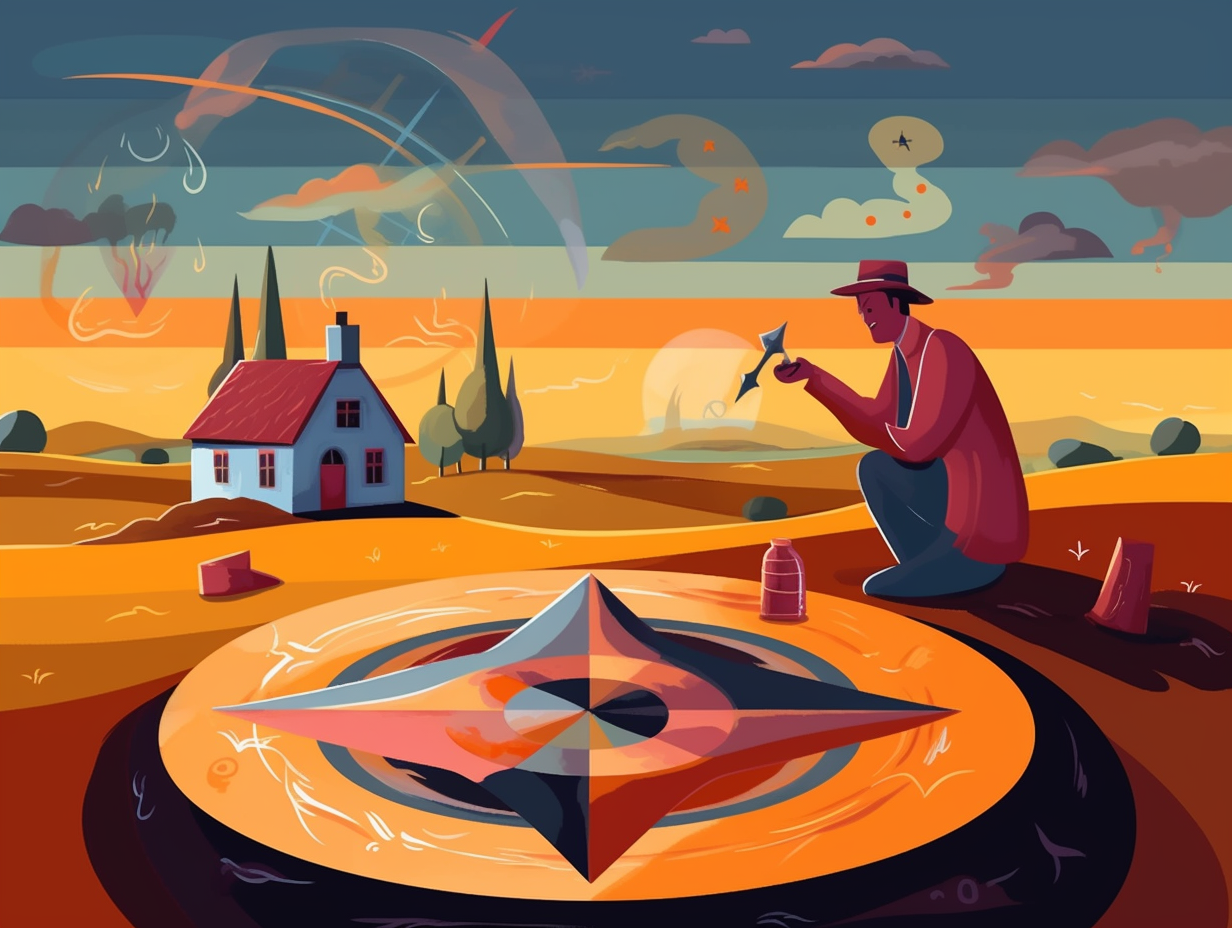Discover the Top 8 Fascinating Fun Facts About Money That Will Blow Your Mind!

1. Flying Cash: The Ancient Chinese Paypal
Who needs a wallet when you've got wings? Flying Cash, that ancient Chinese Paypal, paved the way for convenient commerce: Invented during the Song Dynasty, this early form of paper money made transactions much lighter, being readily accepted for debts and financial obligations, and could be easily converted into hard cash on demand.
Source => silkroadfoundation.org
2. Secret Green Ink: Fighting Counterfeit Cash
If the Bureau of Engraving and Printing were a starving artist, it would be using an unconventional palette to paint those greenbacks: a delightful mix of copper and zinc, not the rumored 9.7 tons of ink daily! The hilarious truth: This specially concocted ink, with a unique shade of green, is exclusively chosen to thwart the conniving counterfeiter and keep our U.S. paper currency on a pedestal, all while using significantly less than the wildly exaggerated amount of 9.7 tons a day.
Source => budgetsaresexy.com

Did you know the world's first multi-purpose charge card was introduced in the 1950s by Diners Club? It allowed elite New York members to enjoy 28 classy eateries and two swanky hotels, while also paving the way for travel insurance perks and corporate card options. Discover more fascinating credit card history!
=> Fun Facts about Credit-Cards
3. Vintage Tech Jackpot: Apple-1 Computer for $905,000
Feeling peachy with old Apples: An Apple-1 computer from the early days of tech wizardry sold for a whopping $905,000 at auction in 2014, as one of the first 50 machines crafted by Steve Wozniak himself – but mind the replicas and counterfeits that may try to crash the party!
Source => cnbc.com
4. A Trillion Dollar Trip to the Sun
Ever wanted to take a trip to outer space, but worried about the high costs? Here's a money, er, sunny fact that's out-of-this-world: If you were to line up one trillion U.S. dollar bills end to end, they would stretch more than 96 million miles, which is greater than the distance from the Earth to the sun.
Source => ehd.org

5. Giant Stone Money: Yap Islands' Rai
You know what they say about the size of a man's... stone money: Bigger is better in the Yap islands of Micronesia! That's right, folks: These folks were exchanging gigantic stone disks called "Rai," some as large as 4 meters in diameter, that held more value the bigger and older they were. And plot twist: They didn't even mine them on their own island; the daring Yapese voyaged to the neighboring Palau to quarry these massive coins to bring back home. You could say it was a real "Yap" of luxury!
Source => flockeo.com
6. Shell Money: The Underwater Currency
Who needs coins when you've got shells? Flip your fins and dive into the underwater banking system of the Solomon Islands and Papua New Guinea: Here, strands of shell disks or beads, known as shell money, still hold their value even when government currencies have failed, so much so that in East New Britain Province, shell money might soon be considered an alternate legal tender, with around K6 million worth of shell money available among the Tolais.
Source => art-pacific.com
7. Kangaroo Coins: Australia's Massive Gold Currency
Did you know that Australia has a fondness for hopping kangaroos, not only in the outback, but also on massive gold coins? Crikey, that's hefty wildlife conservation!: The Australian Kangaroo One Tonne Gold Coin, minted in 2012, is the largest and most valuable coin in the world, weighing 1,012 kilograms (2,231 lbs) and measuring nearly 80 cm wide and over 12 cm deep, with a face value of A$1 million, but worth over A$53.5 million if melted into gold bars.
Source => joyofmuseums.com
8. The Ever-Spinning Banknote Printing Press
In a world of cold, hard cash, there's a real-life (bank)note-worthy printing press that's churning out money like it's going out of style: An estimated 500 billion banknotes whirl around in circulation globally, with around 150 billion freshly minted ones added each year, all thanks to cash handling giants like Giesecke & Devrient, who safeguard and secret banknotes through their cash lifecycle in over 100 countries.
Source => gi-de.com
Related Fun Facts




















